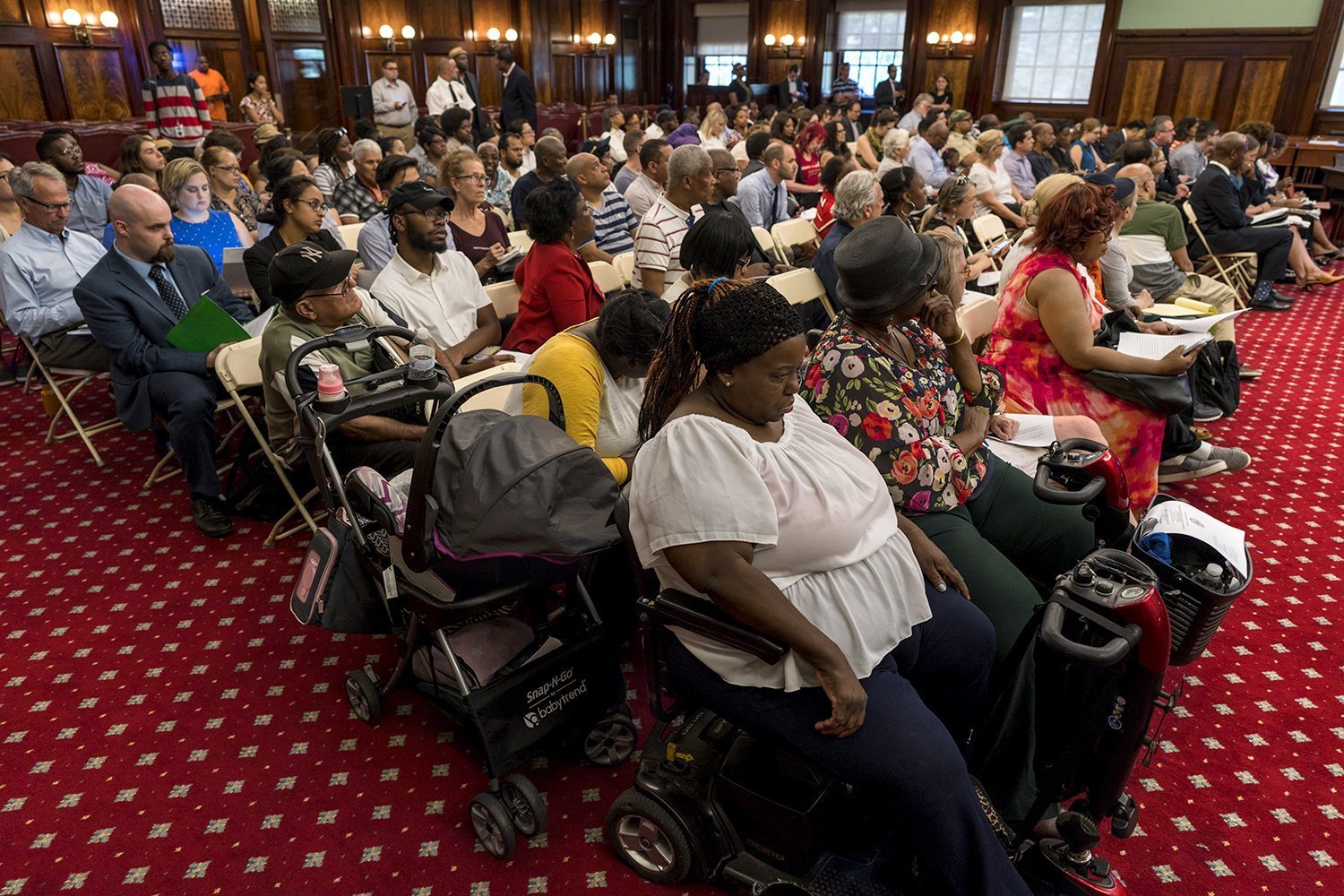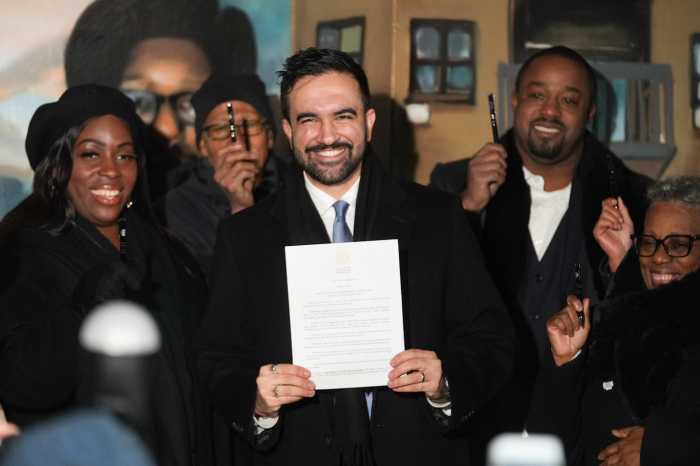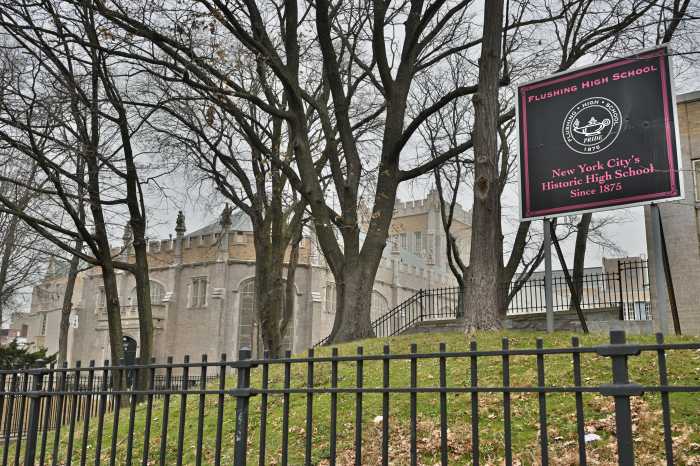City Council Member Robert Cornegy (D-Bedford-Stuyvesant, Northern Crown Heights) and Ritchie Torres (D-Bronx) today delivered a scathing report on the city’s Third Pary Transfer (TPT) program, pointing out several discrepancies that led to the targeting and taking of numerous black and brown owned properties, and thus stripping these communities of millions of dollars of generational wealth.
The report was delivered as part of a joint Committees on Housing and Buildings, which Cornegy chairs, and Oversight and Investigation, which Torres chairs.
It comes on the heels of a ongoing Kings County Politics series that highlighted how the City’s Department of Housing Preservation (HPD) and the Department of Finance (DOF) took over 60 properties in Central Brooklyn neighborhoods – many of which were completely paid off with no mortgage under the guise they were “distressed” and/or owed back taxes or water and sewer bills.
The city council report dubbed Taking Stock: A look Into The Third Party Transfer Program in Modern Day New York, focussed on the processes by which HPD and DOF selected 420 properties for foreclosure in which property owners received no equity in their property. Ultimately, the city put 62 in an en rem foreclosure process in 2017, where they were transferred to favored non-profits, many of whom have incestuous bureaucratic ties to HPD.
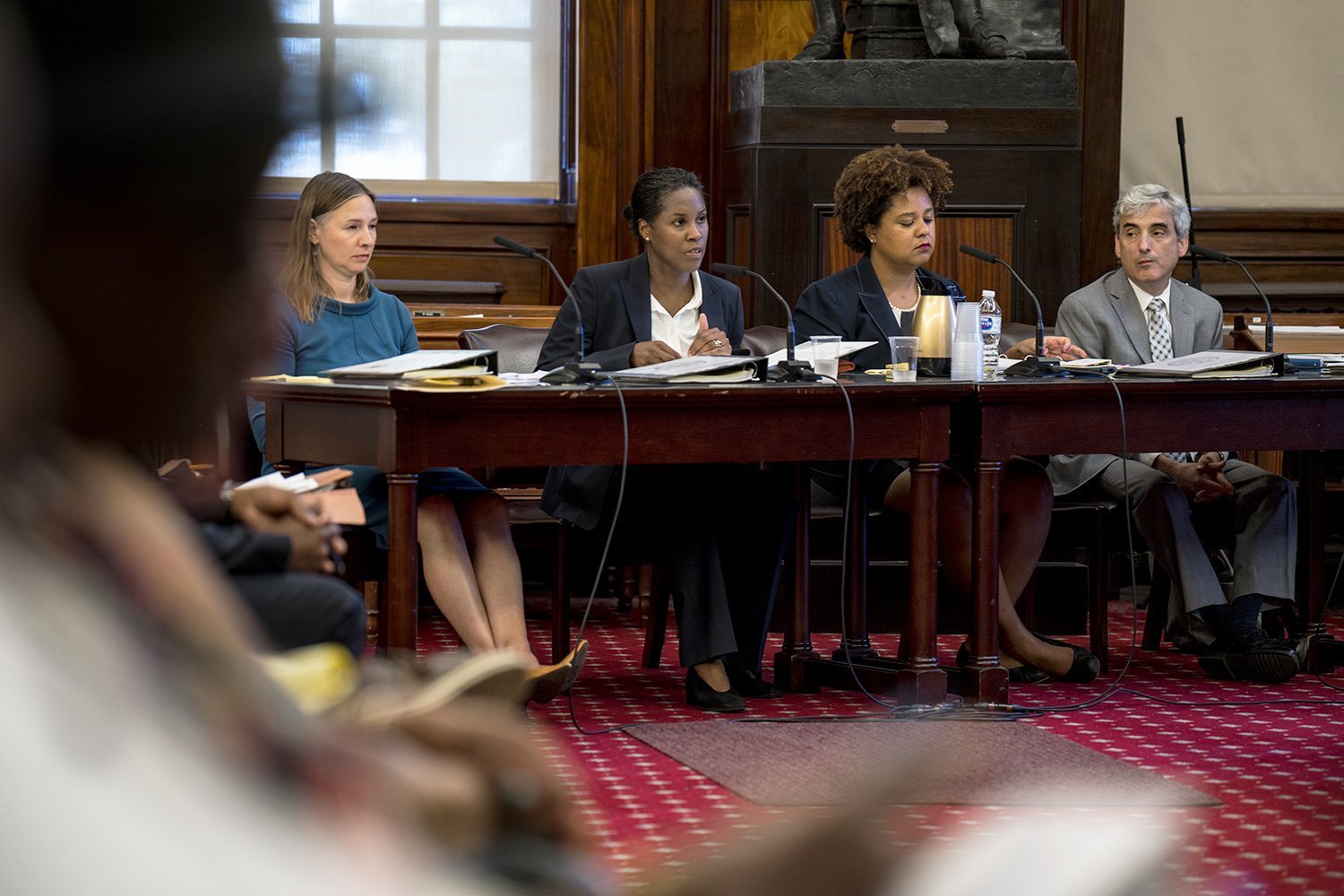
Several of these non-profits also get taxpayer funding to do foreclosure counseling on one hand, and do property management on the other. In one KCP story, the non-profit that counseled a building on getting out of foreclosure wound up taking the building under TPT.
Of the 420 properties, 192 were in the Central Brooklyn neighborhoods of Bushwick, Crown Heights, East New York, Bedford-Stuyvesant, and all 420 of the properties were in communities of color including in Brooklyn, the Bronx and Harlem. There were 10 properties put on the list in Queens and none in Staten Island.
“It’s very difficult to remain tempered and incredibly hard to remain impartial when I question your agency although I am co-chair of this hearing,” said Cornegy, noting the finding so egregiously pointed to the program taking properties of black and brown people in his district – some of which didn’t appear to meet HPD’s own criteria for what constituted the taking of their property.
Among the more stark findings was that though the city claimed it has the authority to transfer any property with tax liens delinquent for a specified period of time, three of the properties selected for TPT were current and owed no money on back taxes or water or sewer charges.
The study also found that while HPD Associate Commissioner Kim Darga told the City Council in April 2018 that the properties selected for TPT are properties that have the most severe financial ad physical distress at least 50 percent of the properties selected were not statutorily distressed.
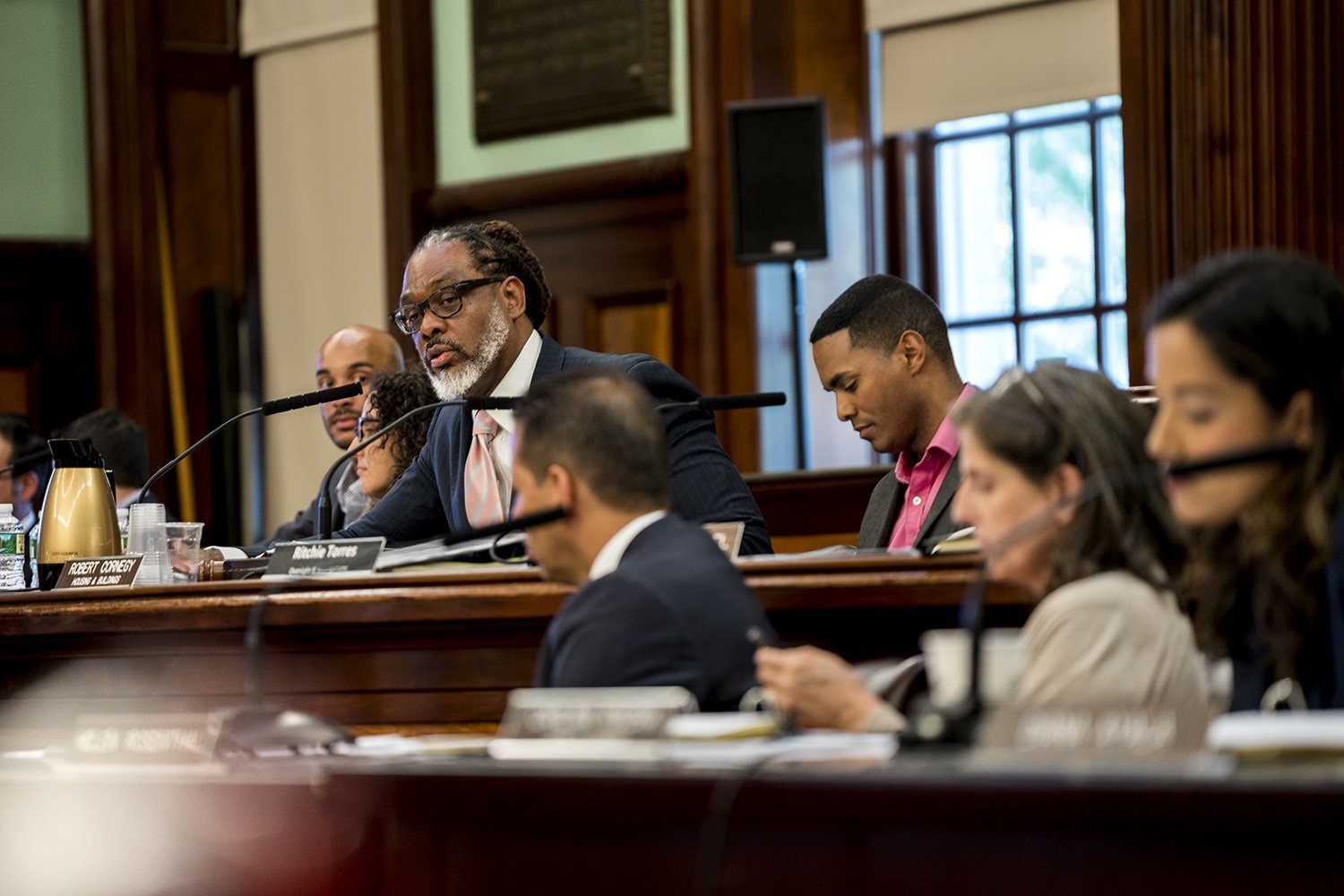
The study found while the city also claimed it selected non-distressed property with arrears if it is located on the same tax block as a distressed property, 83 non-distressed properties selected for TPT were not located on the same tax block as a distressed property.
The study also found that in the latest TPT round of property takings included about 100 Housing Development Fund Corporation (HDFC) cooperatives.
These HDFC’s were established some 30 years ago when the city had many abandoned properties and they forged deals with tenants where they bought co-ops for a nominal amount of money from the city for home equity. HPD, although charged with working with these owners to maintain the buildings, now included them as part of TPT, thus giving them no equity in units they poured time, money and sweat into.
And in a January 2017 city council hearing, HPD said they anticipate including even more HDFC’s in the future.
Other findings include questionable DOF market assessments of properties that appeared to have been lowered so that homeowners could meet the threshold of the program that said they need to be behind on their taxes at least 15 percent of what the value of their property was worth (Lien-to-value-ration).
The study found that in 201 properties put in TPT the market value was in total nearly $152 million yet the back taxes and water and sewer money owed was only about $4.6 million. Further, the average market value of these properties was about $725,000 yet the average they owed in back taxes was about $22,000 or a 3% Lien-to-value ratio.
The findings of the study comes as three of the property owners have filed a federal class-action suit that could cost the city tens of millions of dollars.
